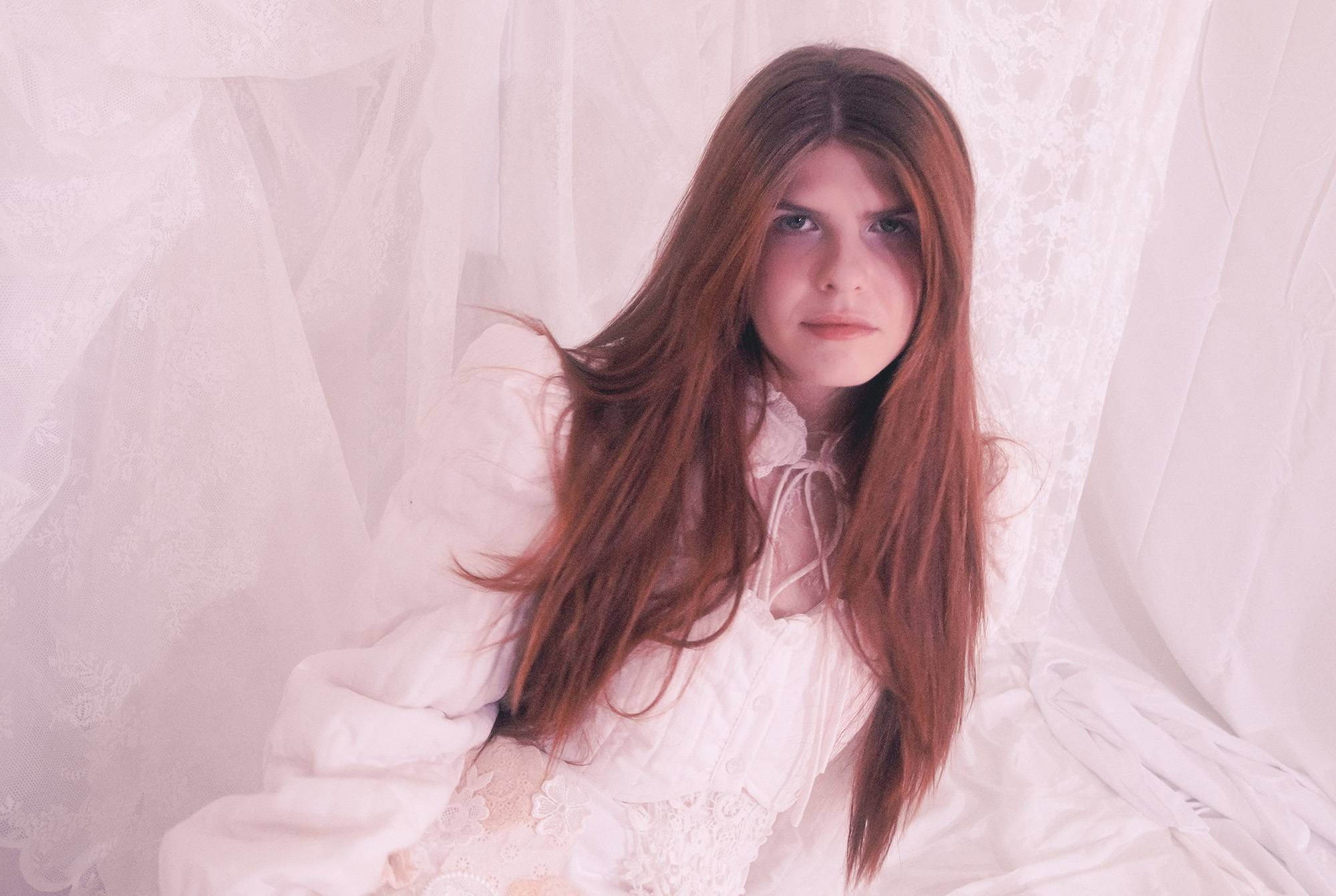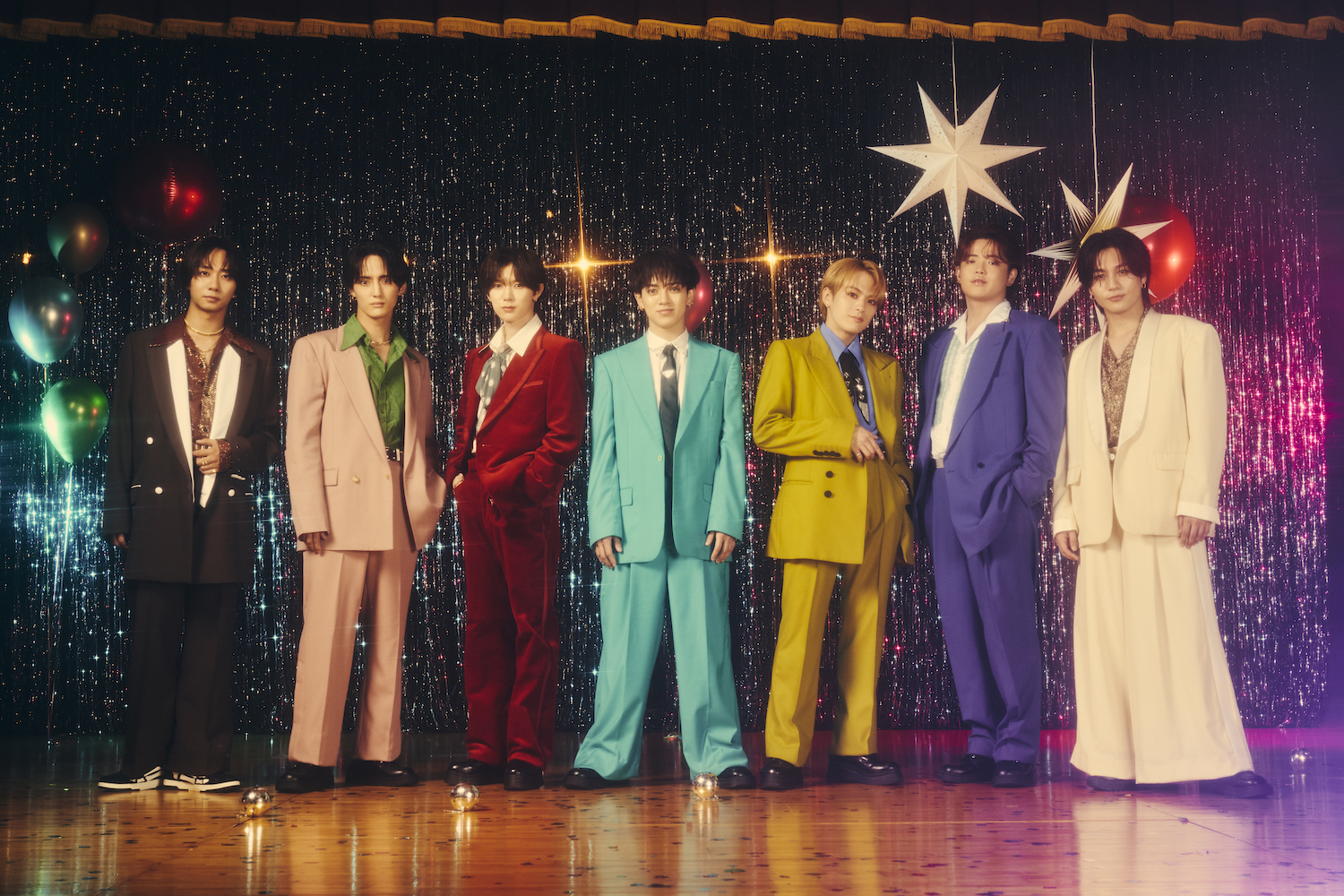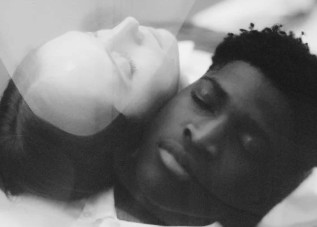CULTURE
Lana Del Rey, Billie Eilish, and the Sexist Backlash Against Female Sadness
19 Apr, 19

Photo by Paola Chaaya on Unsplash
Who could forget the firestorm that erupted around Lana Del Rey in 2012? The number of think pieces and posts smashing her for her purported glamorization of depression and sadness rose to the thousands, maybe millions.
She wasn’t a feminist. She ran around with gangsters and slept with old men in her music videos. She loved Walt Whitman and Allen Ginsberg. She wanted to die.
Lana Del Rey – Tropico (Short Film) (Explicit)youtu.be
All in all, she acted exactly how a woman shouldn’t—at least within the confines of a culture that polices female emotion. Del Rey, in her years of early stardom, broke boundaries in that she acted like a man, embracing her freedom to the fullest, living on the road without fear of consequences as many men have always been able to.
Maybe some of what she did was dangerous, a bad influence on some; but then again, are today’s male SoundCloud rappers great influences? Were any of the rock and roll stars of the 70’s, with their ethos of sex, drugs, and underage groupies?
It’s been seven years since Del Rey dropped Born to Die and made the internet lose its mind. This year, another young, furious starlet—Billie Eilish—released an album called When We All Fall Asleep, Where Do We Go? and was met with similar vitriol. Fans didn’t know what to do with her. Many argued that the album glamorized mental illness and suicide.
However, the harsh reaction to Eilish’s record leaves us with an important question. Eilish and Del Rey are far from the only artists who have released albums about reckless abandon and irresponsible, destructive activities.
Why don’t we have this adverse reaction to male musicians who cover similar topics? Why don’t we feel the same pit of concern in our stomachs when Lil Peep sings about suicidal ideation, or when Sufjan Stevens does the same on Carrie and Lowell?
The Only Thing – Sufjan Stevens (Lyrics)youtu.be
This territory will never generate clear answers, as mental illness and emotions are as blurry and indefinable as gender itself. But across the board, the harsh reactions to Del Rey and Eilish’s images—juxtaposed against the reactions to similar male personas—reveal that pop culture tends to demonize women who express themselves strongly or who act irresponsibly, while praising men for small admissions of vulnerability and excusing their rage and flaws.
Del Rey checked all the boxes. She was angry, irresponsible, violently expressive, in control of her own narrative and simultaneously devoted to the men in her life. She quickly became the face of the “sad girl” stereotype, which reached its peak around 2014 and was always an implicitly divisive cultural phenomenon. Many critiqued it—but soon others began to laud it as a revolutionary act, a “fuck-you” to a culture that profits off female subservience and silence.
In 2014, the Los Angeles-based artist Audrey Wollen coined a “sad girl” theory, which proposed that “the sadness of girls should be witnessed and re-historicized as an act of resistance, of political protest…girls’ sadness isn’t quiet, weak, shameful or dumb: it is active, autonomous, and articulate. It’s a way of fighting back.”
Lana Del Rey – Sad Girlwww.youtube.com
Billie Eilish – bury a friendwww.youtube.com
Although this is a tempting concept, it’s far too simplistic to call sadness itself an act of revolution. Luxuriating in sadness for its own sake is never a positive thing. But when sadness—or strong, unrestricted emotional expression—is accepted without judgment, especially when it is used to motivate honest reflection and action, it can work as a powerful tool that women can use to challenge and deconstruct the systems of control that restrain them.
After all, it goes without saying that there are many systems predicated on sexist ideals that still need deconstructing. The music industry, for example, is still overwhelmingly male-dominated (a recent Forbes report found that women comprise 21.2% of artists and just 2.1% of producers).
Even when women do manage to break into positions of power, they face far more scrutiny than their male counterparts—just compare the legacy of Courtney Love, demonized and accused of murdering her husband even twenty-five years after his death, against that of any man whose wife suffered a similar fate. (Ted Hughes, Sylvia Plath’s ex-husband, was allowed to edit her poetry anthology—even though many of those poems were about how he was a major factor that led her to her death. In a roundabout way, it makes sense that half a century later, Lana Del Rey is comparing herself to the legendary writer in song).
Lana Del Rey – hope is a dangerous thing for a woman like me to have – but i have itwww.youtube.com
A major point of the criticism launched at Del Rey—and Love, and other women who have traversed taboo territories such as rage and violent desire—was that she was not a feminist. But what critiques by so-called feminists missed was that by criticizing Del Rey’s desires to sleep around and proclaim her own burning lust and unquenchable sadness, they were doing exactly what feminism was supposed to end—policing and delegitimizing women’s desires and emotions.
Hole – Doll Partsyoutu.be
When Lana Del Rey and Billie Eilish—and their foremothers, like Rilo Kiley and Courtney Love—express traditionally masculine qualities like rage and desire, they’re not only shattering norms through radical honesty and anger; they are also smashing second-wave feminist ideas that managed to be just as restrictive as some traditional gender roles.
Rilo Kiley – The Moneymakerwww.youtube.com
It’s no wonder, then, that they’ve faced so much backlash from the general public and critics alike. The phenomenon of condemning women for their strong emotions and irrationality while giving (mostly white) men liberty to screw up time and time again is not a new one, and it’s not only reserved for music. When women do express unchecked, autonomous rage, they’re often been labeled “hysterics,” imprisoned, or defined by their deviations. In counter-cultural movements like the Beat generation, men were allowed to reclaim and capitalize on their madness and freedom, to write about and to find liberation in nonconformity—while the women of that era were largely erased from history, either confined to mental asylums or left to care for children while their lovers ricocheted across the country.
Even in second-wave feminist paradigms, women are generally expected to be strong and independent, bosses and mothers with ample supplies of confidence and level-headedness; and when the inevitable shattering occurs, as these expectations become too much, they’re often written off as ‘bad feminists,’ bad mothers, or unfit leaders.
This trend extends from the arts into politics, where men are given liberties and room to mess up that women simply are not, a fact that is becoming increasingly apparent as more women enter the field. Much has been written about the double standard Alexandria Ocasio-Cortez has faced because she, as Rebecca Traister put it, “governs like a man.” Beto O’Rourke, in particular, has been the subject of dozens of articles about the double-standards implicit in his campaign. “Jack Kerouac-style, he roams around, jobless (does he not need a job?) to find himself and figure out if he wants to lead the free world,” wrote CNN’s Nia Malika-Henderson. “This is a luxury no woman or even minority in politics could ever have.”
The solution to all this, however, can’t simply reside within the conclusion that white men should police their emotions; making white male rage taboo would be like putting a lid on a pot of boiling water. It’s also not productive to laud women’s aggression or to fetishize female sadness for its own sake. Instead, there needs to be more discussion about how to understand and handle intense emotions and traumatic experiences, taking note of their fluid nature and divergent consequences. We need to talk about creating a world that fosters real, genuine liberation, and not just for white and cisgender women.
Ultimately, one of the few certainties in this territory of grey areas and spectrums is that strong emotions and human imperfections are not going away. Sure, maybe Lana Del Rey shouldn’t have told that interviewer that she wished she were dead, especially when so many kids track her every move—but in truth, she was just vocalizing what many people are already thinking. The fact of the matter is that suicide has reached an all-time, epidemic-level high, rising by 30% in the past two decades alone; and the rate among teen girls has tripled since the year 2000. It’s out in the open—women are afraid and sad and angry. So are men; so is everyone.
In light of this revelation, it’s time to move past faded sexist stereotypes, to pick up the fragments they’ve made, and to look forward. Clearly, keeping everything in the dark isn’t the answer, but combating stigmatization also isn’t enough. Instead, to put it somewhat idealistically, the double standards that haunt politics and music need to be deconstructed and replaced by structures that provide people of all genders and creeds with equal opportunities and resources.
Overall, there needs to be increased focus on productive and attainable treatment and ways of handling emotions, as well as non-destructive ways to process the intensity of being alive—an experience that has always been genderless.
Eden Arielle Gordon is a writer and musician from New York. Follow her on Twitter @edenarielmusic.
POP⚡DUST | Read More…
Lori Loughlin Pleads Not Guilty: Thought She was Breaking Rules, not Laws
A Brand-New Song, and All the Snippets Lana Del Rey Has Released from Norman F**king Rockwell
Take a Tour of Billie Eilish’s Home Studio
- Billie Eilish’s “When We All Fall Asleep, Where Do We Go … ›
- WATCH: Billie Eilish Declares Your Opinion of Her “Not My Responsibility” in Powerful New Short Film – Popdust ›
- Why Don’t More Straight Males Listen to Female Artists? – Popdust ›
- Billie Eilish Releases New Song “Therefore I Am” – Popdust ›
- WATCH: Billie Eilish Vanity Fair Interview 2020 – Popdust ›
- Another Day, Another Awful Lana Del Rey Caption – Popdust ›
- AOC’s “Tax the Rich” Dress Wasn’t That Radical – Popdust ›
- The True Meaning of Sufjan Stevens’ New Album “Aporia” – Popdust ›
- Billie Eilish Releases “No Time to Die” for the New 007 Movie – Popdust ›
- Billie Eilish Didn’t Need All Those Grammys – Popdust ›
- “Hot Girl Summer” vs. “Summertime Sadness”: Lies the Internet Told Me – Popdust ›
- Lana Del Rey and Billie Eilish | Celebrities in 2019 | Billie Eilish … ›
- Lana Del Rey ›
- Pin by Rayan on •BILLIE EILISH• | Billie Eilish, Lana Del Rey, Lana … ›
- Meet Billie Eilish, Pop’s Terrifying 15-Year-Old Prodigy | W Magazine ›
- Lana Del Rey/Billie Eilish – Young And Beautiful/lovely (Mashup … ›
- Billie Eilish Has No Time For Teen Pop – Stereogum ›
- Billie Eilish – when the party’s over – YouTube ›
- Op-Eds Billie Eilish and the Rise of Moody Pop From Lana Del Rey … ›
- Billie Eilish Is Lana Del Rey Meets Bon Iver On Roma-Inspired … ›













